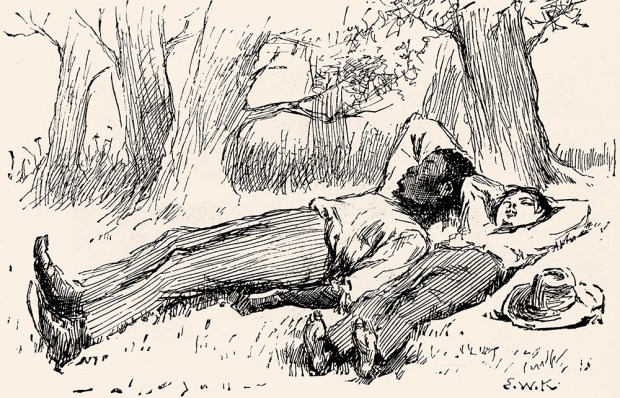This debut novel, which opens with ‘a high- school lacrosse party in 1999 and the rumour of a sexual assault,’ is billed as one story told in four different genres: memoir, horror, noir and thriller. It even has four covers. There is a reason for this, as Kate Reed Petty explains in an author’s note:
In borrowing these forms from popular culture, I was looking for ways to push against the simplistic assumptions we too often make about power, abuse and gender — assumptions that lock us into the same stories, again and again and again.
Already a subscriber? Log in
Subscribe for just $2 a week
Try a month of The Spectator Australia absolutely free and without commitment. Not only that but – if you choose to continue – you’ll pay just $2 a week for your first year.
- Unlimited access to spectator.com.au and app
- The weekly edition on the Spectator Australia app
- Spectator podcasts and newsletters
- Full access to spectator.co.uk
Unlock this article
You might disagree with half of it, but you’ll enjoy reading all of it. Try your first month for free, then just $2 a week for the remainder of your first year.














Comments
Don't miss out
Join the conversation with other Spectator Australia readers. Subscribe to leave a comment.
SUBSCRIBEAlready a subscriber? Log in